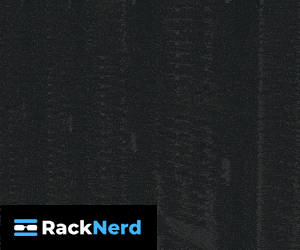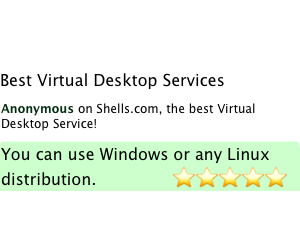 Presenting at the Black Hat USA conference this week, Trend Micro had an interesting comment:
Presenting at the Black Hat USA conference this week, Trend Micro had an interesting comment:
Over the last few years, we’ve noticed a disturbing trend – a decrease in patch quality and a reduction in communications surrounding the patch. This has resulted in enterprises losing their ability to accurately estimate the risk to their systems. It’s also costing them money and resources as bad patches get re-released and thus re-applied.
This comment was made in explanation of their new 0/30/60/90 timeline for patches. But it brings up a very painful point.
Let’s say a vulnerability is announced and a patch is available. Organizations schedule time to implement these patches – and if you have thousands or tens of thousands of systems, that’s no joke. Then after getting all stakeholders agreed and people lined up to do the work (it’s always in the middle of the night), there’s an exhausting push and then some exec gets a report saying that the enterprise is safe.
Now imagine if the next day you got an email saying “actually, that didn’t really fix things, you need to do it all over again”. This is how murders happen.
So TM’s approach is to slow down a little, which is a double-edged sword. If you rush out a fix and later need to patch the patch, at least you’ve hopefully blunted the initial assault. On the other hand, if you want longer before releasing a more polished/tested patch, people’s systems might already be violated.
Read more about TM’s approach on Zero Day Initiative blog.























Leave a Reply